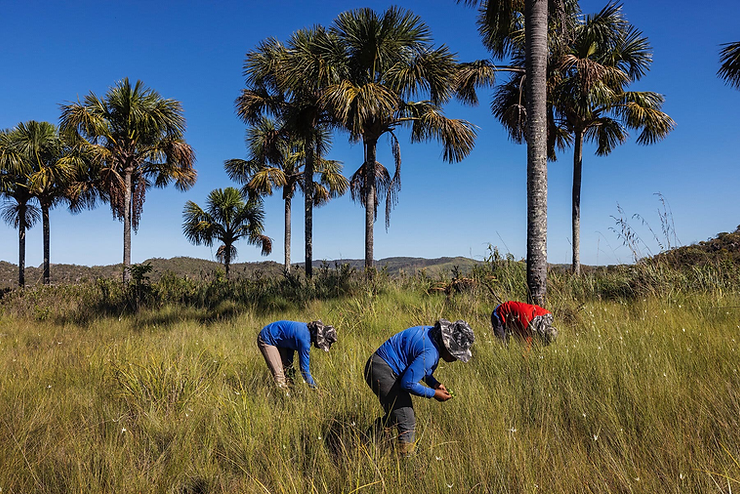By: Peter Xiao
On July 13, 2022, reporter Zach St. George published an article for the New York Times Magazine about tree-planting campaigns and how much their planting affects the environment. It includes a campaign that has a goal of planting 1 trillion trees.
There’s no denying that trees can help the environment. They filter the air, provide oxygen, cool streets, and cities, prevent erosion, conserve energy, help against biodiversity loss, and most importantly, combat climate change by absorbing carbon dioxide. In the first 20 years of its lifetime, a tree on average absorbs 22 pounds of carbon dioxide per year.
Unfortunately, we cut around 3.5 to 7 billion trees every year, releasing the absorbed carbon dioxide back into the air. Fortunately, many people are grouping to join the fight, and in the past 30 years, the amount of tropical tree-planting organizations almost tripled and the number of trees they planted increased by about 50-fold.
One special example is the Trillion Tree Campaign, which started with the 9-year-old German boy Felix Finkbeiner. He created his children’s movement Plant for the Planet under the inspiration of Wangari Maathai, who launched a billion-tree campaign. The campaign, in collaboration with the United Nations Environment Program, also was called Plant for the Planet. By the time he turned 12, Finkbeiner accomplished his one million tree goal, but sadly, the following year, Maathai died, and the UN gave control of her campaign to Finkbeiner. Eventually, it would turn into the Trillion Tree Campaign.
However, finding the achievements and impacts that tree-planting campaigns cause isn’t that easy. Lalisa Duguma, an expert in restoring ecosystems, commented on the campaigns, “they are planting seeds or seedlings, which offer few benefits and are not tough at all. Seedlings are like baby plants, if we don’t care for babies, we know what happens.” Seedlings can die from animals eating them, things blocking them from the sun, and us stepping on them. The simple neglect is what causes many tree-planting campaigns to fail.
Some scientists are now also unsure about the rise in tree planting because of the unknown complexity behind it. North Carolina scientist Meredith Martin is an example of one, and said, “Tree-planting is viewed as this panacea that can spur economic development, it can fight climate change, it can contribute to wildlife habitat, even health benefits, water protection, all of these things…but depending on the species you use, there’s just going to be trade-offs in terms of how effective it is.”
In 2011, the World Resources Institute published the map, “Atlas of Forest and Landscape Restoration Opportunities,” which showed areas of degraded land and forests that we can restore. In response, Texas A&M University ecologist Joseph Veldman conducted a study after noticing that the map “largely looked like a map of the savannas and grasslands of the world.”
Veldman and his fellow grassland scientists found out that the WRI misidentified 9 million square kilometers of grasslands, savannas, and open-canopy woodlands as deforested or degraded. Veldman commented on his thoughts on the misidentification, “by directing the attention of tree-planting campaigns toward those grasslands, the map could threaten the existence of countless species and ecosystems.”
Sources:











